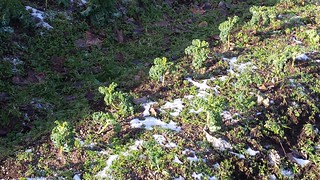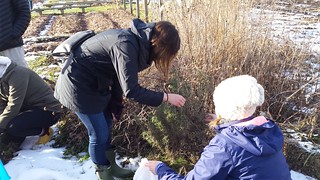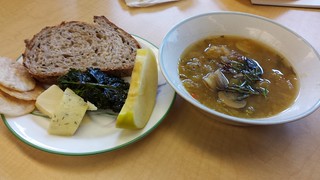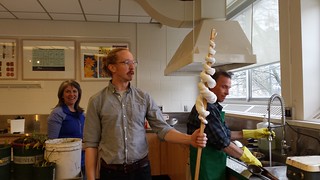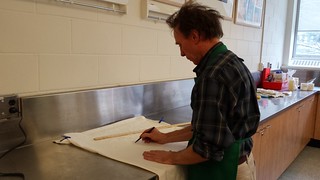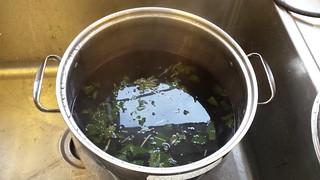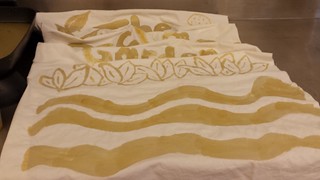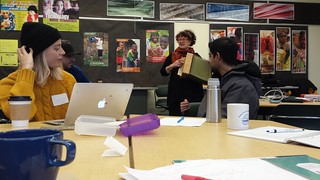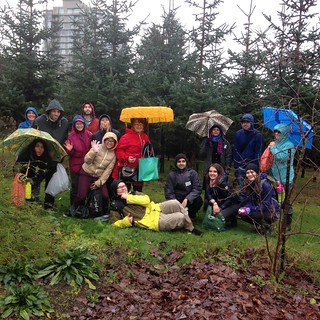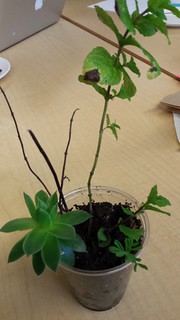The Schedule for the day:
10-10:15 Welcome, introductions and tea and starting soup-making
10:15-11:15 Workshop: Practical advice on setting up or activating a learning
garden at your school: school support, funding, curricular connections and starting small (led by Toni Lazarova)
11:15-12:15 Walk to Orchard Garden and back to harvest produce for lunch
12:15-1 Workshop: Practical learning about gardening: soil, compost,
crop rotation, planting schedules and more (led by Julian Yeo).
Preview of upcoming workshops; evaluation forms
The two workshops were so informative today. We saw how Toni started a school garden from square one. We learned about where to set up a school garden, the importance of grants to fund the project as well as the support of fellow teachers, parents or community members to maintain the garden. The workshop on soil was very in depth and tied in nicely with the seasonal planting chart.
Favourite recipes of the day
Egyptian Lentil Soup (double recipe) Soup:
5 tbs olive oil
2 large onions, minced
4 carrots, diced
3 c red lentils
2 large potato, diced
12 c vegetable (or chicken or beef) stock
salt and pepper
Topping(s):
2 tbs chopped onion
2 large cloves garlic, chopped fine
1 tsp cumin
(Optional: toasted crusty bread croutons)
(Optional: yogurt)
(Optional: crispy sage leaf topping –below)
• In a large saucepan over medium heat, cook onions and carrots in 3 tablespoons olive
oil till soft. Add lentils and broth, bring to a boil, cover and simmer 30 min.
• Add potatoes and cook 30 min more until lentils are very soft.
• Puree with a blender or food processor. Stir salt and pepper into the soup and return
to medium heat. Cover and simmer 5 min.
Topping(s):
• Fry onion and garlic in a bit of olive oil, then add cumin. Serve with croutons and/or
yogurt.
• (Optional: Sauté a good handful of large fresh sage leaves in a pan of hot olive oil for
1 -2 minutes until crispy, then remove from heat).
• Add toppings and serve!
Kale Chips
Rinse kale leaves, dry well and tear leaves away from tough stems. Spread out on a baking
sheet oiled with olive oil, and sprinkle with sea salt. Bake at 400 degrees F until crispy.
Mmmmm!

